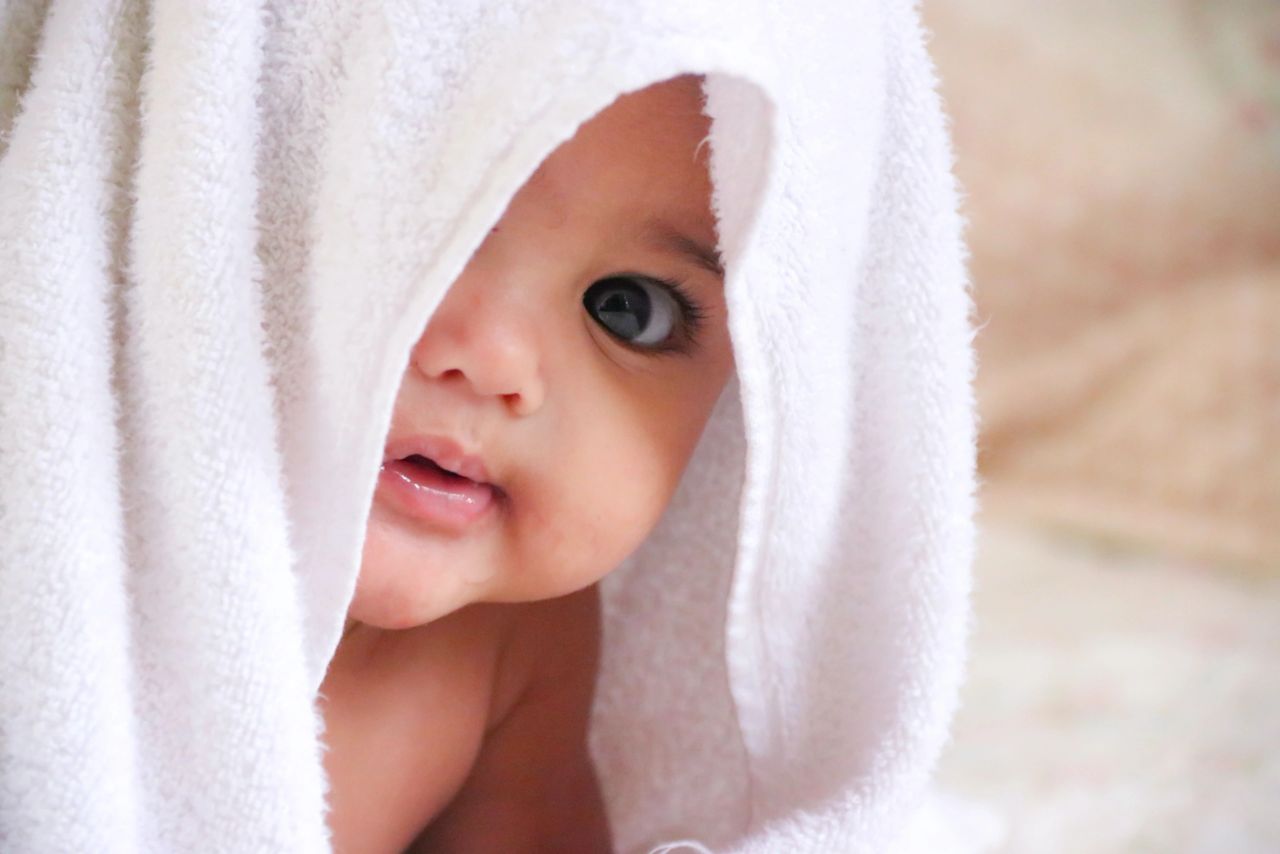
Lazy Ear in Children
A sound processing disorder
The technical term for “Lazy Ear” is ambly-audia, which means dulled or blunted hearing. Although the condition can be genetic, it is often acquired during the phases of hearing development and maturation in infancy and throughout the childhood years.
Lazy Ear or amblyaudia is lopsided, asymmetrical hearing, which results from sound processing challenges within the hearing portion of the brain – the auditory cortex. Normally, the brain organizes and integrates the sound that it receives separately from each ear into clear and balanced stereo-hearing.
In the case of Lazy Ear, stereo-hearing gets out of alignment. One ear has become stronger than the other. And so, the two ears present the brain with sound inputs that can differ widely in volume and quality. As the brain compensates for the faulty input, faulty, asymmetrical hearing patterns develop, which underlie Lazy Ear hearing. If unrecognized, lazy ear hearing can drag on into adulthood.
Causes
Causes for asymmetrical sound feedback to the brain can be the result of
· conductive hearing losses due to prolonged or temporary interruptions of sound flow through the ear
· the transmission of weakened and degraded sound signals to the brain.
The major barrier that is consistently cited as hampering and weakening sound movement throughout the ear is fluid accumulation due to middle ear infections (otitis media). Such infections are quite common in newborn babies and in small children.
And so, it is no wonder that undiagnosed and neglected middle ear infections are often blamed for leading to Lazy Ear hearing complications. Therefore, ear infections in kids should never be ignored. Fluid congestion that interferes with hearing has to be relieved.
The longer the sound hindrances last, the more often they are repeated, the more auditory sound processing suffers. The resulting flawed hearing patterns may persist even after the underlying problem is fixed or has resolved itself. Time for action is of the essence!
Effects
Lazy Ear hearing interferes with sound localization and with understanding of speech in noisy places. Children’s learning, reading and speech development are affected. And so, it is important to catch hearing and speech issues early, hopefully before kids start school.
Tests
Lazy Ear is not detected with standard hearing tests because they do not test both ears at the same time. Besides targeted strategies for evaluating children suspected of Lazy Ear, there are also specialized hearing tests called “dichotic listening” tests. However, it takes a pediatric audiologist to decide if the child is able to follow instructions.
And so, children may exhibit classic symptoms of hearing loss while having normal standard hearing test results. Such inconsistencies tell knowledgeable professionals that further investigation is needed. Might these be indicators of Lazy Ear complications or of other sound processing problems?
Luckily, especially in young children, the brain still has plenty of capacity for retraining itself. Once diagnosed, Lazy Ear can be treated with specialized auditory rehabilitation programs and techniques.
In the end…
Caring for a child’s hearing starts on Day One of welcoming the little one into this world. It is important for parents to stay aware of a child’s reactions to sound and to follow up on changes. Hearing is a most precious sense and ears must not be allowed to ever become “lazy.”
*****
For Industry Hearing Safety Training or for general presentations on Hearing Loss and Prevention, please see this website or email monique.hearing@gmail.com
Zoom Presentations available.
Interested in Hearing Loop Technology for better hearing in loud places? Check out loopminnesota.org